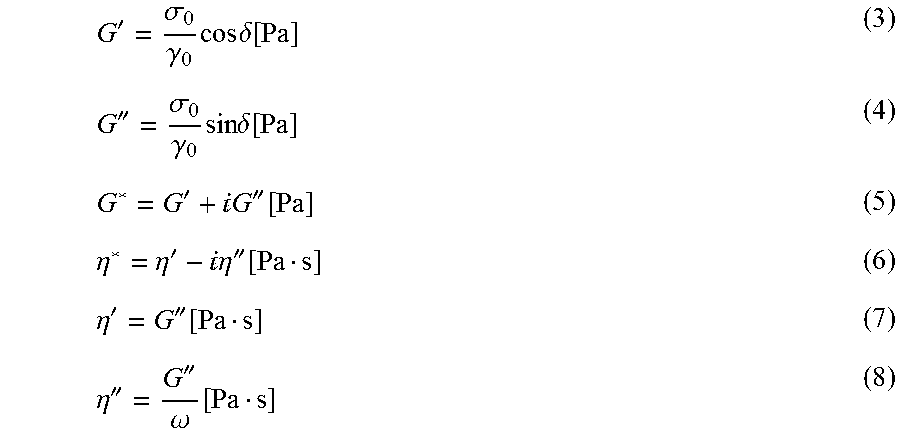Polyethylene composition for pipe and pipe coating applications
a technology of polyethylene composition and pipe coating, applied in the direction of coating, etc., can solve the problems of brittleness of polyethylene pipes and pipe coatings, and achieve the effect of improving the balance of properties and high elongation
- Summary
- Abstract
- Description
- Claims
- Application Information
AI Technical Summary
Benefits of technology
Problems solved by technology
Method used
Image
Examples
Embodiment Construction
1. Definitions
a) Melt Flow Rate
[0210]The melt flow rate (MFR) is determined according to ISO 1133 and is indicated in g / 10 min. The MFR is an indication of the flowability, and hence the processability, of the polymer. The higher the melt flow rate, the lower the viscosity of the polymer. The MFR5 of polyethylene is measured at a temperature 190° C. and a load of 5 kg, the MFR2 of polyethylene at a temperature 190° C. and a load of 2.16 kg and the MFR21 of polyethylene is measured at a temperature of 190° C. and a load of 21.6 kg. The quantity FRR (flow rate ratio) denotes the ratio of flow rates at different loads. Thus, FRR21 / 5 denotes the value of MFR21 / MFR5.
b) Density
[0211]Density of the polymer was measured according to ISO 1183-1:2004 Method A on compression moulded specimen prepared according to EN ISO 1872-2 (February 2007) and is given in kg / m′.
c) Comonomer Content
[0212]Quantitative nuclear-magnetic resonance (NMR) spectroscopy was used to quantify the comonomer content of ...
PUM
| Property | Measurement | Unit |
|---|---|---|
| density | aaaaa | aaaaa |
| density | aaaaa | aaaaa |
| storage modulus | aaaaa | aaaaa |
Abstract
Description
Claims
Application Information
 Login to View More
Login to View More - R&D
- Intellectual Property
- Life Sciences
- Materials
- Tech Scout
- Unparalleled Data Quality
- Higher Quality Content
- 60% Fewer Hallucinations
Browse by: Latest US Patents, China's latest patents, Technical Efficacy Thesaurus, Application Domain, Technology Topic, Popular Technical Reports.
© 2025 PatSnap. All rights reserved.Legal|Privacy policy|Modern Slavery Act Transparency Statement|Sitemap|About US| Contact US: help@patsnap.com



